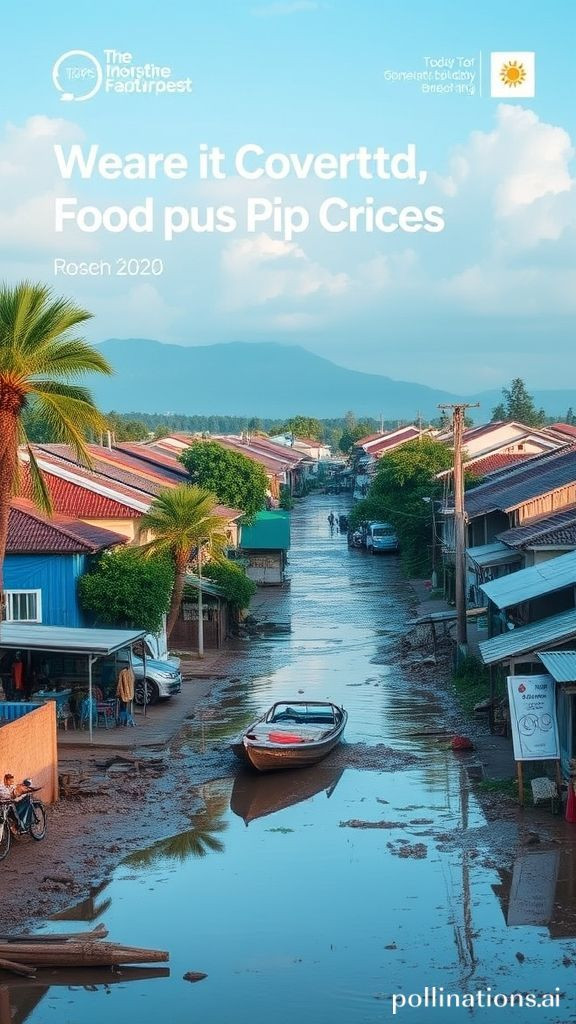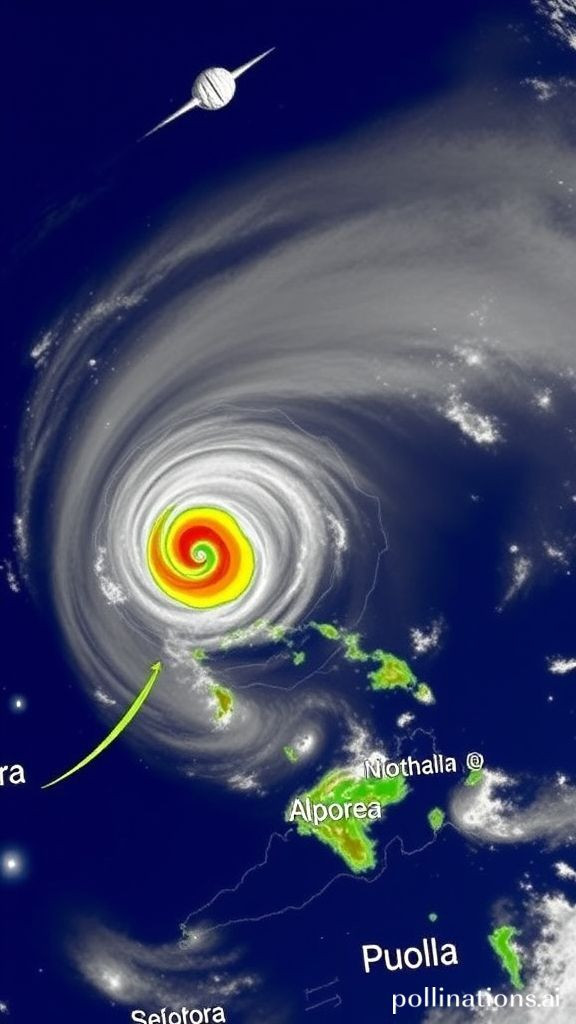
Philippines Tops World Risk Report Again A Call to Combat Flood Crisis
Philippines Tops World Risk Report Again A Call to Combat Flood Crisis

Lessons from the Philippines Combating Flood Crisis through Resilience
The Philippines, an archipelago prone to natural disasters, has faced its fair share of devastating floods. The country's geography, with its mountainous terrain and low-lying coastal areas, makes it particularly vulnerable to flash flooding and storm surges. However, in the face of adversity, the Filipino people have demonstrated remarkable resilience, adapting to the challenges and finding innovative ways to mitigate the impact of flood crises.
In this post, we'll explore the key lessons learned from the Philippines' experience with floods and highlight the importance of building resilience as a crucial component of disaster management. We'll also examine the strategies that have proven effective in reducing the humanitarian and economic toll of these disasters.
The Power of Resilience
Floods are one of the most common natural disasters worldwide, affecting millions of people each year. In the Philippines, floods are a regular occurrence, with an average of 20 typhoons making landfall annually. However, it's not just the frequency or severity of these events that pose a threat; it's also the long-term consequences they have on communities.
When disaster strikes, resilience is what sets apart those who recover quickly from those who struggle to get back on their feet. In the Philippines, this resilience has been built through a combination of community-based initiatives, government support, and technological innovations.
Lessons Learned
So, what can we learn from the Philippines' experience with floods? Here are some key takeaways
1. Community Engagement Flood preparedness and response rely heavily on community engagement. In the Philippines, local governments have worked closely with community leaders to develop early warning systems, evacuation plans, and emergency responses.
2. Innovative Technologies The country has leveraged innovative technologies, such as satellite imaging and drones, to monitor flood-prone areas, track weather patterns, and identify potential hotspots.
3. Government Support Government agencies have played a crucial role in providing financial support, infrastructure development, and policy frameworks that promote resilience.
4. Long-Term Planning Flood mitigation strategies require long-term planning and investment. The Philippines has implemented initiatives to improve drainage systems, restore wetlands, and enhance floodplain management.
Conclusion
The lessons from the Philippines serve as a powerful reminder of the importance of building resilience in the face of flood crises. By adopting a comprehensive approach that combines community engagement, innovative technologies, government support, and long-term planning, we can reduce the humanitarian and economic toll of these disasters.
As we navigate an increasingly unpredictable world, it's more important than ever to prioritize disaster preparedness and response. By learning from the Philippines' experience and applying these lessons globally, we can build a safer, more resilient world for all.
I hope this edited version meets your requirements! .






